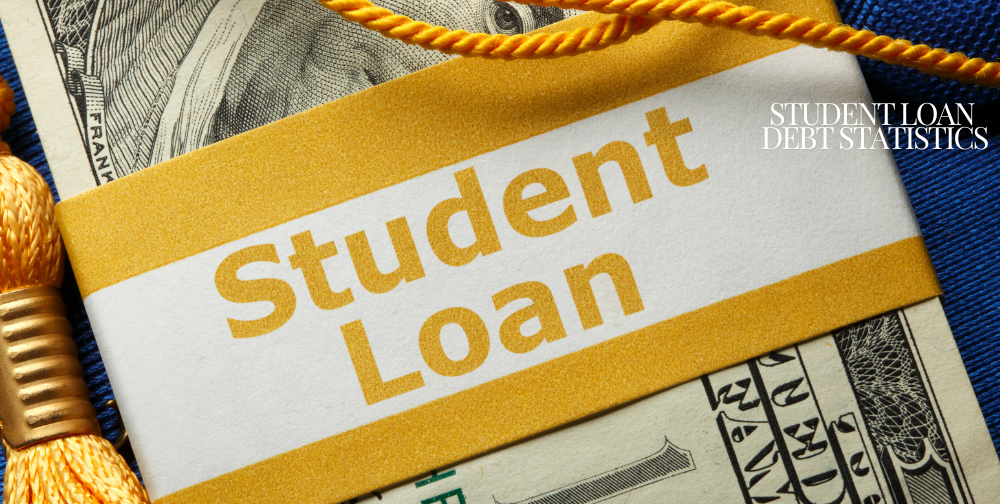2024 Student Loan Debt Statistics & Insights: What You Need to Know

The landscape of student loan debt in America continues to evolve, with recent developments shaping the financial futures of millions. Let’s dive into the latest statistics and what they mean for borrowers in 2024.
The Big Picture: $1.6 Trillion and Counting
As of Q2 2024, Americans owe a staggering $1.6 trillion in student loan debt. This figure represents a slight decrease (0.56%) from the previous year, but it’s still a mountain of debt affecting 42.8 million borrowers.
Key Breakdown:
- Federal loans: $1.47 trillion
- Private loans: $130.28 billion
Recent Developments: Setbacks and Silver Linings
The Supreme Court’s decision to halt the Biden administration’s ambitious $430 billion debt reduction plan was a significant blow to many borrowers. However, it’s not all bad news:
- The SAVE (Saving on a Valuable Education) repayment plan was introduced, aiming to increase forgiveness rates for low-income borrowers.
- A 2023 payment count adjustment by the Department of Education automatically forgave $39 billion in student loan debt.
- Federal loan repayments resumed in October 2023 after a long pandemic-induced pause, presenting challenges but also a return to normalcy for many.
Borrowing Trends: Where’s the Money Coming From?
In the 2022-23 academic year, students and parents borrowed an estimated $98.2 billion. Here’s how it breaks down:
- 44% Federal unsubsidized loans
- 16% Federal subsidized loans
- 14% Grad PLUS loans
- 15% Private or other nonfederal loans
- 11% Parent PLUS loans
This distribution highlights the continued reliance on federal loan programs, with unsubsidized loans taking the lion’s share.
State-by-State: Where Debt Hits Hardest
Student loan debt isn’t distributed evenly across the country. Here are the top 5 states with the highest average student loan debt:
- District of Columbia: $60,037
- Maryland: $53,141
- Georgia: $50,390
- Florida: $50,005
- Delaware: $48,863
Private Loans: A Significant Piece of the Puzzle
While federal loans make up the majority of student debt, private student loans play a crucial role:
- Total private loan debt: $130.28 billion (8.1% of all student loan debt)
- Undergraduate vs. Graduate: 89.12% of private loans are for undergrad, 10.88% for grad
- Cosigning is common: 93.14% of undergraduate and 69.22% of graduate private loans are cosigned
Public Service Loan Forgiveness: A Light at the End of the Tunnel?
The PSLF program continues to provide relief for some borrowers:
- 670,264 unique borrowers have been granted forgiveness
- The average balance forgiven is $69,776
What Does This Mean for You?
- Stay Informed: With the political landscape constantly shifting, keep an eye on potential policy changes that could affect your loans.
- Explore Your Options: Programs like SAVE and PSLF might offer relief. Research and see if you qualify.
- Consider Refinancing: With private loan rates competitive, it might be worth exploring – but be cautious about losing federal loan benefits.
- Plan Ahead: Whether you’re a current student or a graduate, understanding these trends can help you make informed decisions about your education and finances.
Remember, while these statistics paint a broad picture, everyone’s situation is unique. It’s always a good idea to consult with a financial advisor to determine the best strategy for your specific circumstances.
Stay tuned for more updates as we continue to monitor the ever-changing world of student loan debt in America.




